Composites Are Your Business-Building Friend. Here’s Why And What You Need To Know
Composite building materials have evolved through R&D innovation and technology just as fast, and are just as important, as any tech giant’s latest mobile device upgrade or even the arrival of 5G. And, with each subsequent material generation, these products continue to become more advanced, are engineered for higher performance, and offer improved features for installers and homeowners alike. Ifyour operation hasn’t fully embraced the breadth and benefits of selling composite-based products, you’re missing out on a business-building opportunity that will continue to reward those who are actively promoting and selling now. Don’t get left behind. Here’s why composites are your business-building friend today and for the foreseeable future.
Composite materials, like carbon fiber composites, have been around in other industries, such as aviation, since the late 1970s. We define “composite” as a material that has more than one core ingredient, in terms of basic material science. In other words, if you look at wood or engineered wood, it’s not technically a true composite because it’s 80-90% of a single material. A product like composite decking is a true “composite” because it’s equal parts, or relatively equal ratios, of multiple ingredients, including resin, fibrous or fiberglass material. Composites in building products, at least as early as 2008, started to gain mainstream adoption thanks to composite decking. Both the industry and homeowners realized immediate advantages with this new material, such as being lightweight, easy to handle, little to no maintenance, improved weatherability, and a premium aesthetic look that was better than the real thing.
Today, composite products continue to challenge traditional materials in just about every building product segment, including stone. For example, our product, Qora Cladding, is a composite, engineered stone that is indistinguishable from the real thing thanks to an equal material ratio of a rigid foam core, a fiberglass-reinforced phenolic resin compound, and a molded surface with genuine source materials to make the final texture look and feel like the real thing. Just like composite decking, our composite stone offers significant benefits; a lightweight, easy-to-install panelized wall system that is durable, weather-and fire-resistant.
Composite building materials continue to trend in popularity and adoption because of the added benefit of a positive environmental story. Raw material production is resource challenged and impacted by consumer attitudes and government demands for reduced emissions. Because of natural supply challenges and economic necessity, building products manufacturers have become more innovative developing materials that deliver a higher value, are faster to manufacture, and offer more sustainable solutions to meet building codes and consumer preferences. There are no indications that composite production will slow down. Actually, it’s quite the opposite, as more companies are investing in composite technology as a way to reinvent and reimagine their core offerings.
For proactive, forward-thinking dealers and distributors, composites provide a way to add value beyond a reactive business model of order taking and product delivery. Composites help dealers and distributors solve common problems, which in turn, creates demand that moves these premium products and generates profits. It’s important to note that problem-solution selling isn’t about features and benefits. This is about the ability to communicate the problem the composite solves for the end user.
When considering whether to stock a next gen composite product, here are the five most important
considerations dealers and distributors should be asking themselves:
- What is the current distribution footprint in my region or market and what plans does the manufacturer have for this growth that can benefit me?
- How is the manufacturer going to help me launch their new product in my market and create demand?
- Who are the leaders behind the company and what do they stand for?
- What is the warranty, really? Is this a real, legitimate warranty, or just one that protects the manufacturer from product defects?
- What or where are there examples of the products being used—for testing and validation—in the market?
In addition, we encourage our customers to take these products and “kick it around” with a couple of their key builders or contractors; turning to the folks you know and trust. Ask them, “Hey, take a look at this product, can you give it a try and could you work with it at this price point?”
Now, let’s talk about price and profits. When you’re dealing with something innovative, whether it’s a composite or not, you're talking about a product that has lots of engineering. It’s a premium product and it offers a higher overall value. So, don’t be afraid of getting paid 20-40% more for a premium product (in normal market conditions). Even at the threat of lower volumes, you can position composite products as higher margin materials. Product manufacturers, who understand this, will back up their next gen products with levels of service that can be passed onto you, which in turn, help you better differentiate your business from the transactional model of your competition.
Finally, we want to reiterate the importance of validating a new product. Take the time to validate the product with your customer base versus just making it a market exclusive. Yes, there are hyper-competitive dealers out there that move quickly on just about anything new. You and the manufacturer are making a sizable investment in the innovation and the opportunity. Just picking something up without the necessary due diligence may end up costing you more in the long run.
For more information about composite technology, product advancements and distribution of Qora Cladding, visit qoracladding.com/dealer or call us at 301-223-2266.
###

